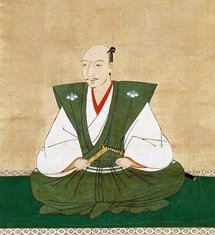Featured Quizzes
User Quizzes
Create Quiz
Data and Charts
Badges and Games
About JetPunk
JetPunk Shop
Dark Mode

Historical Figures from Sengoku Period Japan #1
Can you name all of these famous historical figures from the Warring States Period of Japanese history based on the description?
Names are in the Japanese order (Last name then first name).
Answers containing only the last name (clan name) will not be accepted. Both the last name and the first name must be entered.
Some figures may have been known by other names. In this quiz, the name with which they are more commonly known are used.
Rate:
Last updated: May 20, 2020
You have not attempted this quiz yet.
More quiz info >>
| First submitted | May 19, 2020 |
| Times taken | 99 |
| Average score | 60.0% | Report this quiz | Report |
6:30
Enter answer here
0
/ 15 guessed
Time Used
00:00
Best Time
00:00
The quiz is paused. You have remaining.
Scoring
You scored / = %
This beats or equals
% of test takers
also scored 100%
The average score is
Your high score is
Your fastest time is
Keep scrolling down for answers and more stats ...
|
Comments
No comments yet
New and Popular
Save Your Progress
Historical Figures from Sengoku Period Japan
Quiz series by ATStonefist
Copyright H Brothers Inc, 2008–2024
Contact Us | Go To Top | View Mobile Site
